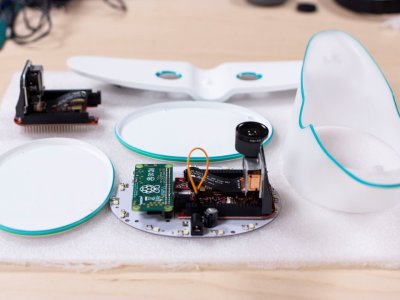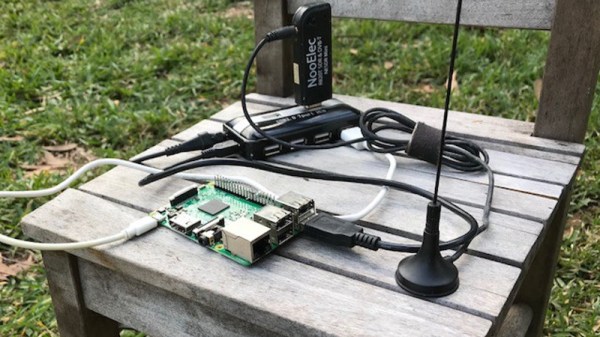You’ve got to hand it to marketers – they really know how to make you want something. All it takes is a little parental guilt, a bit of technical magic, and bam, you’re locked into a product you never knew you needed.
This prototype flight tracking nightlight for kids is a great example. Currently under development by Canadian airline WestJet, the idea is to provide a way for traveling parents to let kids know how long it is until Mommy or Daddy gets home from their trip. The prototype shows a stylized jet airliner with Neopixel lighting in the base. A pair of projectors in the wings shine an animated flight path on the child’s darkened bedroom ceiling, showing them when the wayward parent will return. Get past the schmaltz in the video below, and perhaps get over your jealousy of parents with kids who still eagerly await their return, and it’s actually a pretty good idea.
 Now for the ask: how would you go about building something like this? And more importantly, how would you make it work for any plane, train, or automobile trip, and not just a WestJet flight? A look at the “How it will work” section of the page shows several photos of the prototype, which suggests the hardware end is dead easy. A Raspberry Pi Zero W features prominently, and the projectors appear to be TI’s DLP2000EVM, which we’ve featured before, mounted to a riser card. The Neopixels, a 3D-printed case, and the superfluous flashlight fuselage would be pretty easy, too.
Now for the ask: how would you go about building something like this? And more importantly, how would you make it work for any plane, train, or automobile trip, and not just a WestJet flight? A look at the “How it will work” section of the page shows several photos of the prototype, which suggests the hardware end is dead easy. A Raspberry Pi Zero W features prominently, and the projectors appear to be TI’s DLP2000EVM, which we’ve featured before, mounted to a riser card. The Neopixels, a 3D-printed case, and the superfluous flashlight fuselage would be pretty easy, too.
On the software side, a generic version that tracks flight from any airline would need an interface for the traveler to define a flight, and something to check an API like FlightAware’s, or similar ones for whatever mode of transportation you’re using.
Seems like a pretty straightforward project. WestJet claims they’ll have their Flight Light ready sometime this summer; think we can beat them to it?
Continue reading “Ask Hackaday: How Would You Build This Flight Tracker For Kids?”













